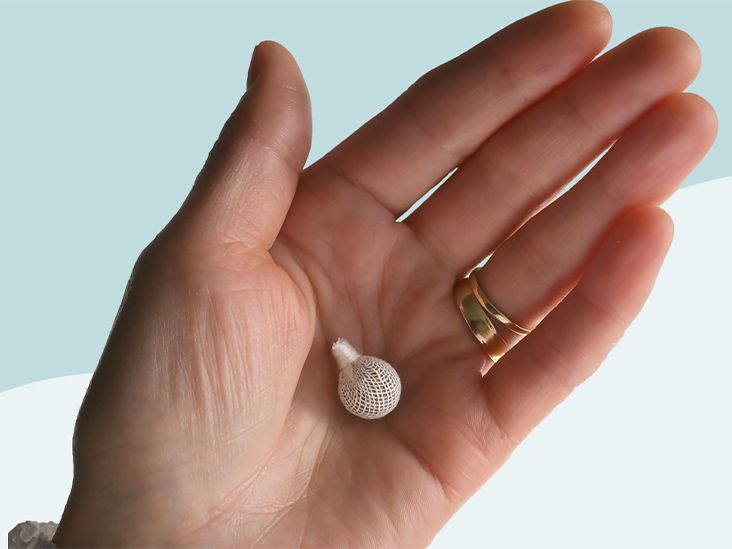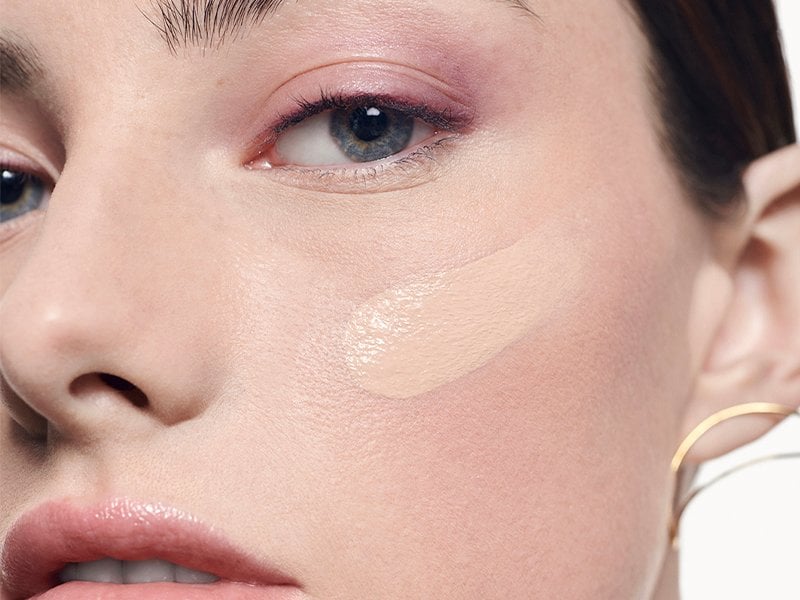We all know someone who has a tattoo that they probably regret getting. An old girlfriend’s name, a Raider tattoo on their calf, an ancient Chinese symbol on their lower back, barbed wire around the bicep, the list goes on. Many people make poor decisions in their younger years, and tattoos top the list with some of the most regrettable decisions made in our 20’s. Fortunately, today, there are minimally invasive procedures for removing tattoos from the body. Depending on the tattoo’s complexity and location, this might be completed in a single visit or with multiple follow up visits.
Tattoos can become unwanted ink for many on their body. One of the most effective and popular ways to remove tattoos is through lasers. Laser tattoo removal is not pain-free. You might experience bearable pain. However, if you can bear the pain of getting a tattoo, removing one won’t be a problem.
Laser tattoo removal is an entirely safe procedure with a bit of science behind it. This blog post will walk you through the process of removing a tattoo through laser removal technology.
How Laser Tattoo Removal Works
The ink tattoos are inserted at the deepest level of the skin with the help of a needle when tattoos are applied. Different laser tattoo removal machines use different wavelengths to get the job done. The type of device that will be used depends upon the depth of the tattoo.
First, you will want to find qualified laser removal specialists like the good people at Contour Clinics. Before the initial session, a consultation session will be held in which results, expectations, and the number of sessions required to remove the tattoo will be discussed. During the laser tattoo removal procedure, the laser is guided over the tattoo by an expert. A static pulse of the beam penetrates the skin and is absorbed by the ink.
The heat absorbed shatters the ink into fragments. Through multiple treatments and constant penetration, the ink is completely flushed out of the body. The number of visits to a practitioner depends upon the depth and density of the ink. If the ink is particularly dark or bold, more treatments will be needed to remove the ink. In an ideal situation, tattoo removal will happen on areas of the body that aren’t regularly exposed. Tattoo removal doesn’t guarantee that there won’t be some sort of skin blemish following the procedure. Consult with your physician to confirm the end results before proceeding if the tattoo location is in an exposed area.
Q-Switching
Since high temperature is used to shatter the skin, it leaves permanent scars over the skin. However, over the years, a new technique is introduced to avoid scarring. Q- Switching effectively breaks the skin without scarring it. Q-switching uses short laser pulses lasting one nanosecond to shatter the ink into fragments. Lasers bursts are brief but high in intensity.
Consult with a physician before proceeding with any tattoo removal process. You can always get multiple opinions about the process and technique used to remove tattoos before committing to a practice. Make sure to check Google and Yelp reviews to ensure the office you will be working with has positive feedback.














